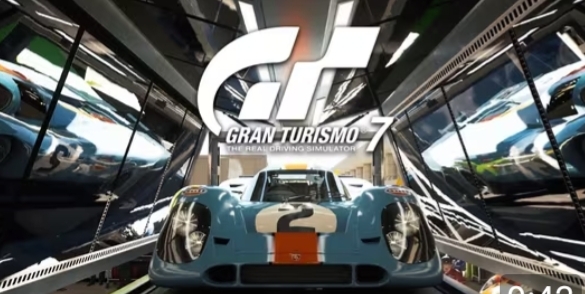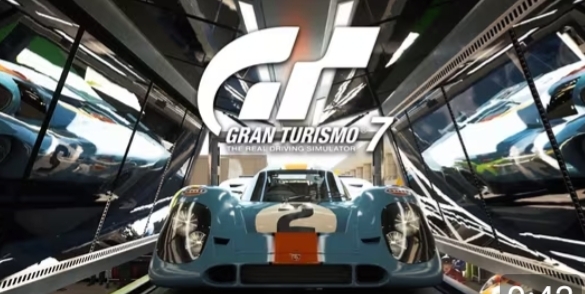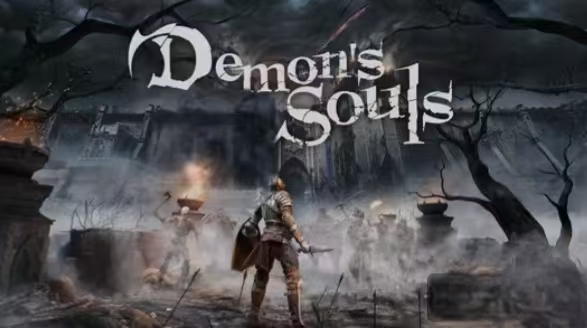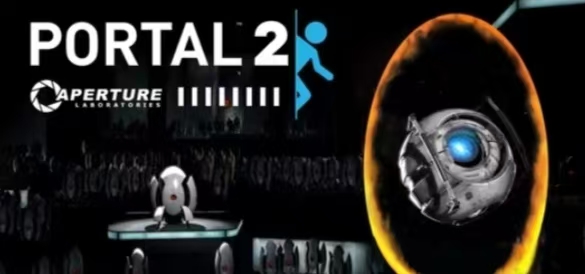
Introduction: The Pinnacle of Simulator Racing As Sony’s flagship racing simulator, Gran Turismo 7 (Polyphony Digital, 2022) has long set the gold standard for automotive authenticity. With the PS5 Pro’s launch, this masterpiece leverages cutting-edge hardware to deliver unprecedented visual fidelity and physics precision. Here’s how it transforms virtual driving into an engineering marvel . I. Technical Breakthroughs: Harnessing PS5 Pro’s Power 1. PlayStation Spectral Super Resolution (PSSR) Native 4K to AI-Enhanced Clarity:GT7 utilizes PSSR—Sony’s proprietary AI upscaling—to convert native 4K sources into hyper-detailed imagery. Unlike conventional upscaling, PSSR preserves intricate textures like carbon fiber weaves and tire tread patterns while eliminating aliasing artifacts . Experimental 8K Support:Polyphony Digital pioneers 8K output trials, allowing players to witness meticulously modeled cars (e.g., Porsche 911 GT3 RS) with micrometer-level surface details on compatible displays . 2. Ray Tracing Revolution Real-Time Reflections & Shadows:PS5 Pro’s enhanced GPU enables full-ray-traced reflections during races. Vehicles now dynamically mirror surrounding cars, track environments, and even their own components (e.g., exhaust pipes reflecting underbody details). RTAO (Ray Traced Ambient Occlusion) adds depth to shadow interactions in cockpits and landscapes . Performance Without Compromise:Despite intensive ray tracing, GT7 maintains a locked 60 FPS—doubling the rendering load of base PS5 versions while eliminating frame drops during weather transitions or crowded races . II. Artistic Evolution: From Pixels to Poetry 1. Material Science in Digital Form Physically Based Rendering (PBR) 2.0:Polyphony’s custom engine scans real-world materials (e.g., matte paints, anodized aluminum) to replicate light absorption and scattering. PS5 Pro’s increased memory bandwidth allows 8K texture streaming, making raindrop-beaded hoods and dusty brake calipers indistinguishable from reality. Atmospheric Authenticity:Dynamic cloud systems with volumetric lighting adapt to time-of-day changes. The Nürburgring Nordschleife track now showcases dawn fog that disperses realistically as sunlight intensifies . 2. Sound Design: The Symphony of Mechanics 3D Audio Engineered for Immersion:Engine roars, gear shifts, and tire screeches propagate directionally via Tempest 3D AudioTech. Players can pinpoint rival cars’ positions blindfolded—a critical advantage in rain-limited visibility scenarios. III. Gameplay Innovation: Beyond Visuals 1. DualSense Haptic Evolution Terrain Telemetry:Adaptive triggers simulate nuanced resistance during ABS activation or turbo lag. Haptic feedback translates surface textures (e.g., rumble strips vs. wet asphalt) into tactile pulses, allowing drivers to “feel” track degradation over laps. Biomechanical Feedback:Steering wheel vibrations correlate with tire wear and fuel load changes, enabling strategic pit stops without UI prompts. 2. Physics Engine 2.0: The Unseen Hero Aerodynamic Simulation:Computational fluid dynamics model air turbulence around player cars, affecting drafting strategies at high speeds (e.g., slipstreaming on Le Mans straights). Weight Transfer Mastery:Suspension kinematics accurately replicate load shifts during cornering, requiring real-world driving techniques like trail braking to avoid spins. IV. Industry Impact & Developer Insights Polyphony Digital’s Shuichi Takano emphasizes PS5 Pro’s role in bridging artistry and technology : “PSSR isn’t just about pixels—it’s about emotion. When players notice raindrops refracting neon signs in Tokyo Expressway’s night races, they’re experiencing engineering as art.” Other studios echo this sentiment: Guerrilla Games leveraged similar tech for Horizon: Forbidden West, enhancing foliage rendering and skin shaders . Naughty Dog adopted PSSR for The Last of Us Part II Remastered, achieving 4K/60 FPS with reconstructed lighting . Conclusion: The Definitive Driving Simulator Gran Turismo 7 on PS5 Pro transcends gaming—it’s a technical manifesto. By harmonizing AI upscaling, ray tracing, and haptic engineering, Polyphony Digital crafts a love letter to automotive culture that’s as educational as it is exhilarating. For racing purists and tech enthusiasts alike, this is the benchmark for next-gen simulation.





